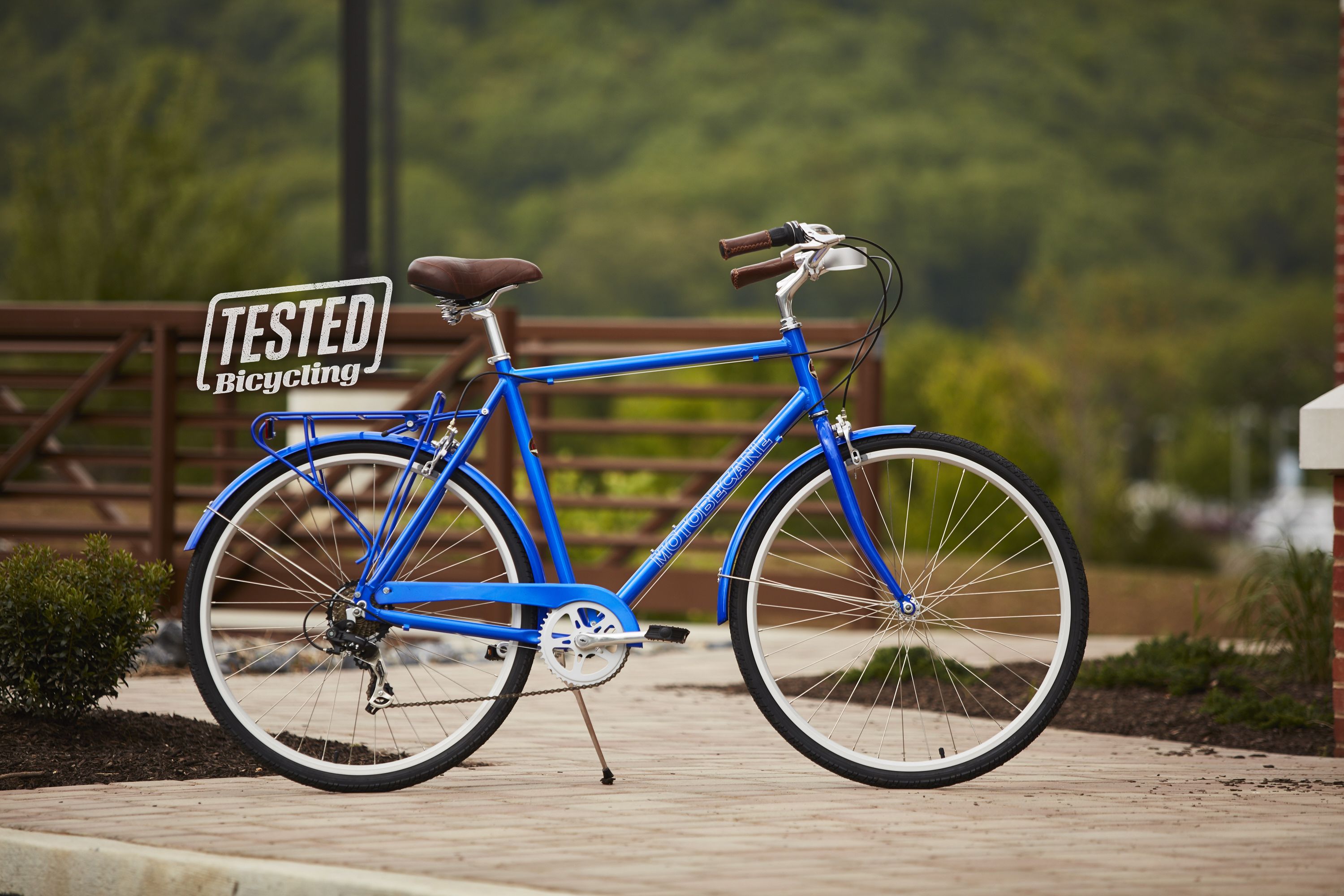

WHERE ARE MOTOBECANE BIKES MADE FULL
They included some hidden cabling through the top tube and full use of Shimano's Adamax 600 ax components which had been designed specifically for aerodynamics.įrench bicycles before 1980 often used French-threaded bottom brackets (now difficult to find replacement parts for). These bikes were made from 2040 tubing and this had been "Ovaled" or formed into a tear-drop shape to aid aerodynamics (supposedly one of the first bikes designed in a wind tunnel). In the early '80s Motobécane launched a new range of bikes under the "Profil" name. Motobécane also produced a tandem bicycle.

Later mixte Grand Touring models also used this design. In addition to the standard diamond frame bicycles, Motobécane produced mixte frame versions the mixte frame Grand Touring had twin lateral stays in place of a top tube, extending from the head tube to the seat tube, while the Super Touring and Grand Jubilé had a single top tube sloping down towards the seat tube, but diverging into twin lateral stays just before the seat tube. Motobécane bicycles included the Nomade, Mirage, Super Mirage, Super Touring, Grand Touring, Sprint, Super Sprint, Jubilee Sport, Grand Record, Le Champion, and Team Champion. Considered the second most prestigious French bicycle (after Peugeot, whose more durable design they emulated, but ahead of Gitane), Motobécane's mid-range bikes were good value the company kept prices reasonable by matching high-quality frames with lower-priced, but higher-quality components from Japan, at a time when competitors were putting higher-priced, lower quality French components on mid-range bikes. Motobécane finished their frames in beautiful and high-quality paint, a practice not often followed in the French industry. Unlike most French makers of the era, Motobecane used Swiss thread bottom brackets for most models. The frames on Motobécane's mid-to-upper bikes were typically double-butted lugged steel made from Vitus or Reynolds 531 molybdenum/manganese steel tubing with Nervex lugs. The change was largely due to the influence of their U.S. Motobecane was the first French maker to start using Japanese parts, in the late 1970s, with Japanese derailleurs and crank sets performing far above the older French designs common on mid-priced 10-speeds. Motobecane is known for designing very light weight mountain bicycles. Motobécane was a major manufacturer in the French bicycle industry. They also manufactured a small number of two-stroke, three-cylinder 350cc and 500cc bikes.įor a time in the late 1970s and early 1980s, the company competed in Grand Prix motorcycle racing claiming several victories in the 125cc class and finishing second in the 1980 125cc road racing world championship. They continued to produce two-cylinder 125cc motorcycles throughout the 1970s. The arrival of cheap, efficient Japanese motorcycles also hurt sales. Like many European motorcycle manufacturers, the 1960s proved difficult for Motobécane as cars became affordable. The successor was the Z46, equipped with modern suspension. During this period, the firm entered road racing competitions and won the Bol d'or endurance race.Īfter the Second World War they produced the single-cylinder D45 motorbike that filled a need for cheap transportation.

During the 1930s, they manufactured a longitudinal shaft-drive inline-four engine motorcycle in 500 and 750 cc (31 and 46 cu in). In 1933, they produced their first four-stroke machine with 250 cc (15 cu in) capacity. By the 1930s Motobecane was producing a best-selling range of motorcycles. Charles Benoit and Abel Bardin joined in 1922 and designed their first motorcycle in 1923, a 175 cc (10.7 cu in) single cylinder two-stroke-engined bike. For many years Motobecane was France's largest manufacturer of motorcycles.


 0 kommentar(er)
0 kommentar(er)
